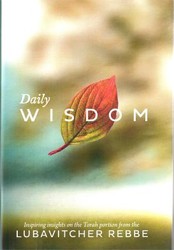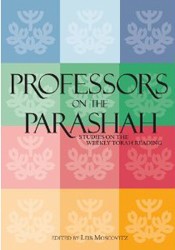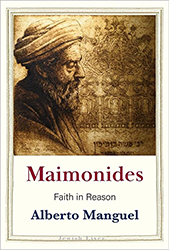The text of the Bible may have been canonized thousands of years ago, but that has not stopped the process of editing. In fact, finalizing the text may have only begun the process. This is the fascinating world of ancient interpretation to which James Kugel travels in The Ladder of Jacob. Kugel has spent a lifetime delving into the meaning of midrash, the early interpretation of the text by the rabbis, and with this effort, he throws an extraordinary light upon the method.
The simple story of Jacob’s dream in the desert is examined, and within a few pages, it becomes obvious that there is much going on here that needs explanation. With Kugel as the guide, we are shown how early rabbinical exegetes were also troubled by seeming textual contradictions or ambiguities and used midrash to correct these. Further, they didn’t usually return to the original text alone, but incorporated previous interpretations. Layer upon layer, stone upon stone, they built a wall around the Torah, to perfect and protect it.
Most fascinatingly, Kugel applies his method to a Dead Sea Scrolls text, known as the Prayer of Enosh, which is usually interpreted as being an early prayer foretelling a messianic Son of God. By using his careful analytic technique, he is able to show convincingly that this text is actually a midrashic prayer by the patriarch Jacob to thank God for his gifts to Israel.
The editing of the biblical text continues, and it is helpful to have an expert point out the notational marks.




